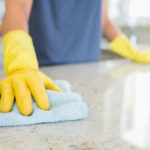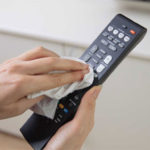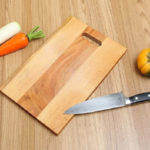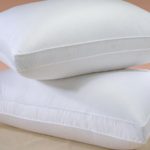1. Don’t wash dishes immediately after eating
Usually, after finishing a meal, we tend to be lazy and reluctant to wash dishes right away. Instead, we would rather spend hours sitting on the couch scrolling through our phones than having to wash dishes. However, washing dishes actually doesn’t take as much time as you think. You can even finish everything in a much shorter time than you think.
The reason for this is that leaving dirty dishes for too long will allow bacteria to grow, which can harm the health of your family.
2. Use a dirty sponge
A sponge that is left for a long time will become rough, change color, or have a smell. It’s unfortunate, but it’s true. Replace your sponge every week and you won’t have to worry about spreading bacteria around your living environment.
3. Wash dishes barehanded
Take a minute to put on gloves before washing dishes. It may sound old-fashioned, but wearing gloves can keep your hands moisturized and in better condition. If you like doing your nails, they will last longer. Additionally, gloves will protect your hands from hot water – something we often do when rinsing dishes to keep them cleaner.
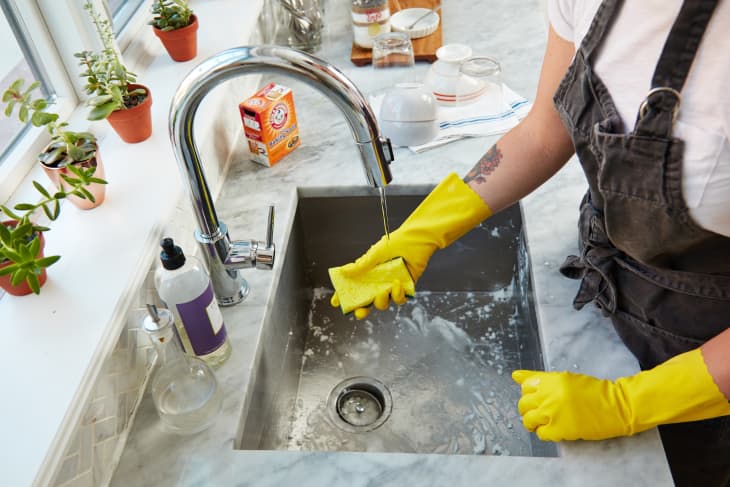
Remember to wear gloves when washing dishes to avoid harming your hands.
4. Don’t skip the soaking step
A small tip to save you time is to soak the dirtiest pot or dish.
Here’s what you need to do: Wash the dishes as usual. Then, when you finish washing the smaller, cleaner items, pour the cleaning solution and soaking water into the dirtiest pot/pan/dish. At this point, you will easily clean the dirt.
Also, don’t hesitate to soak larger pots and pans in the sink overnight if they are too dirty. This will make the cleaning process easier after soaking the water for a while.
5. Soak things that shouldn’t be soaked
Metal and wood are the things that should not be soaked in water. So don’t do it! You should also avoid soaking knives as water can rust the blade or damage the handle (if it’s a wooden handle). It’s best to leave these dirty items on the counter next to the sink and wash them as soon as possible.
6. Using too much soap
Many people think that using more soap will make the dishes cleaner, but in fact, it’s not true.
In reality, you may need less than what you are using. To find the right amount, try pouring dish soap into a small bowl and diluting it with water, then dip your sponge into that solution when you clean. You will be surprised at how much soap you actually need.
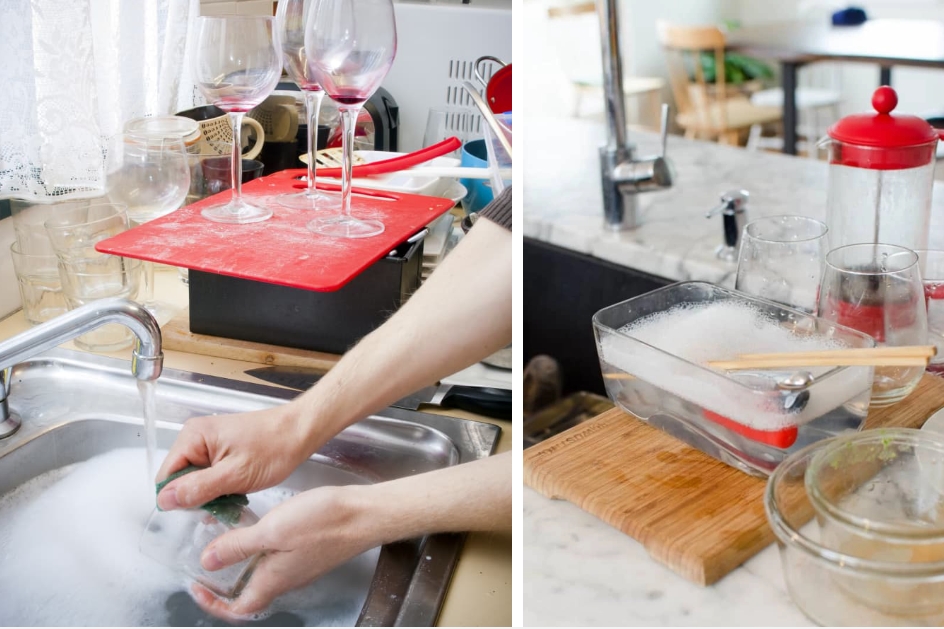
Dilute dish soap with water before washing. (Illustration)
7. Putting your hands into the sink
Imagine that the water in your sink starts to fill up again or there is a lot of residue left in the sink that causes it to clog. Never put your hands into the sink.
If you put your hand in without carefulness, you can easily get hurt! So please be careful in handling this situation and remember to wear gloves!
8. Putting away wet dishes
Drying dishes is an important part of the dishwashing process. If you put away your dishes when they are still wet, the moisture will seep into the cabinet and may cause the items to warp, creating favorable conditions for mold growth. Therefore, the best way is to stack your dishes on a rack or drying mat overnight before putting them away in the cabinet.
According to phunuvietnam.vn
8 Common Mistakes People Make with Cutting Boards
Are you using your cutting board correctly? Many Vietnamese households rely on cutting boards in their kitchen, but not everyone knows how to use them properly, especially when it comes to wooden cutting boards. Check out these 8 mistakes to avoid when using a cutting board to ensure both hygiene and safety for everyone in your family.

























